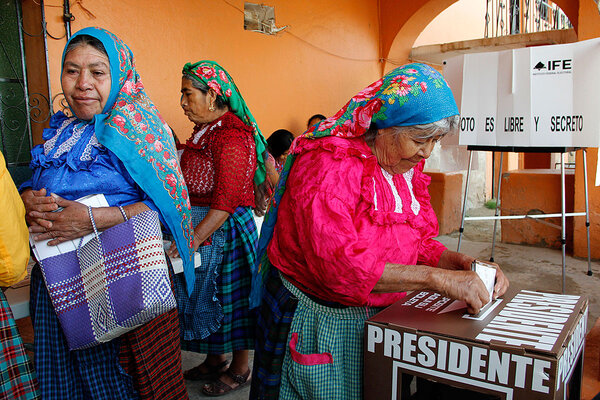Question: How did foreign powers influence the Haitian Revolution?
Answer: Foreign powers played a substantial role in the Haitian war. While the French government was the country who owned the colony, this did not prevent other foreign powers from intervening. The Spanish played a role, helping with supplies to rebel slaves. Eventually, they gave uniforms, land, and freedom to rebels. The British also played a role, blocking French naval ships in Europe and invading Haiti with British troops from Jamaica.
These foreign influences are evident in the “Decree of General Liberty” by Léger Félicité Sonthonax. External pressure from both Spain and Britain contributed to this decree. The Spanish were helping the slave rebels and the British were wanted by counterrevolutionaries for an invasion. While not ever directly stating these foreign powers, he says, “we found a horrible division among the whites who, separated by interest and opinion” (111). Representing the French, he stands up to other foreign powers, saying, “never forget that you fought for the French Republic, that of all the whites in the universe, the only ones that are your friends are the Frenchmen of Europe” (112). He continues pointing at the British and Spanish monarchies, saying:
“The French Republic wants all men to be free and equal with no color distinctions. Kings can only be content when they are surrounded by slaves.; they are the ones who sold you to the whites on the African coast; they are the tyrants in Europe who want this vile trade to continue. The republic adopts you among its children; these kings wanted only to load you down with chains or eliminate you” (112).”
In these passages, he takes all the blame away from the French government and puts the blame on foreign powers. He makes a clear contrast between the republic and kings. While it displays the effects of foreign power, it is also an example of the rhetoric used to get people onto the French sides. At this point, Haiti was viewed as an island with competing countries in a power struggle over the colony and not as the independent republic it would soon become.
After the “Decree of General Liberty”, it led to a division among the insurgents. Some joined the French side, while others remained with Spain. These divisions can be seen in the “Insurgent Responses to Emancipation”. In a letter from rebel leader Bramante Lazzary, tries to convince Toussaint Louverture to join the French side and leave the Spain. He equates kings with slavery. He says, “Spanish barbarism and slavery” and “the disgraceful way the Spanish villains treated our brave brother Ogé” (118-119). In his general decree, he says, “The nobility and the Spaniards want us to have only the whites in order to bring us back to the old order. But no, we are French; we are fighting for our freedom; we want to live free or die, that is the motto of all good French republicans” (120). In the above passages, he really emphasizes how the French are superior to the monarchy of the Spanish in their ideal republican government and freedom for all. During this time, Haiti was still a colony where countries competed to wield influence in the country for their own advantages.



